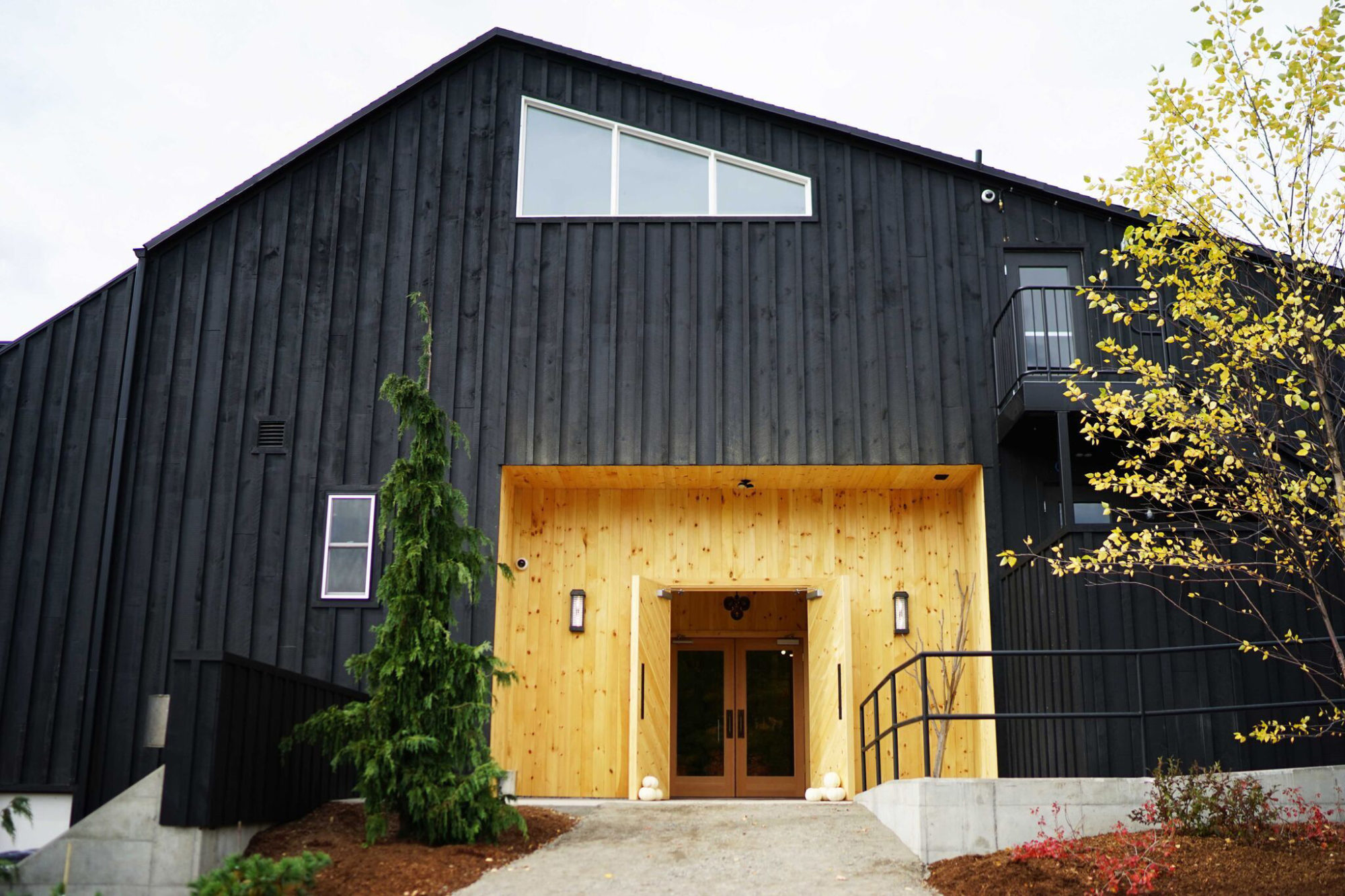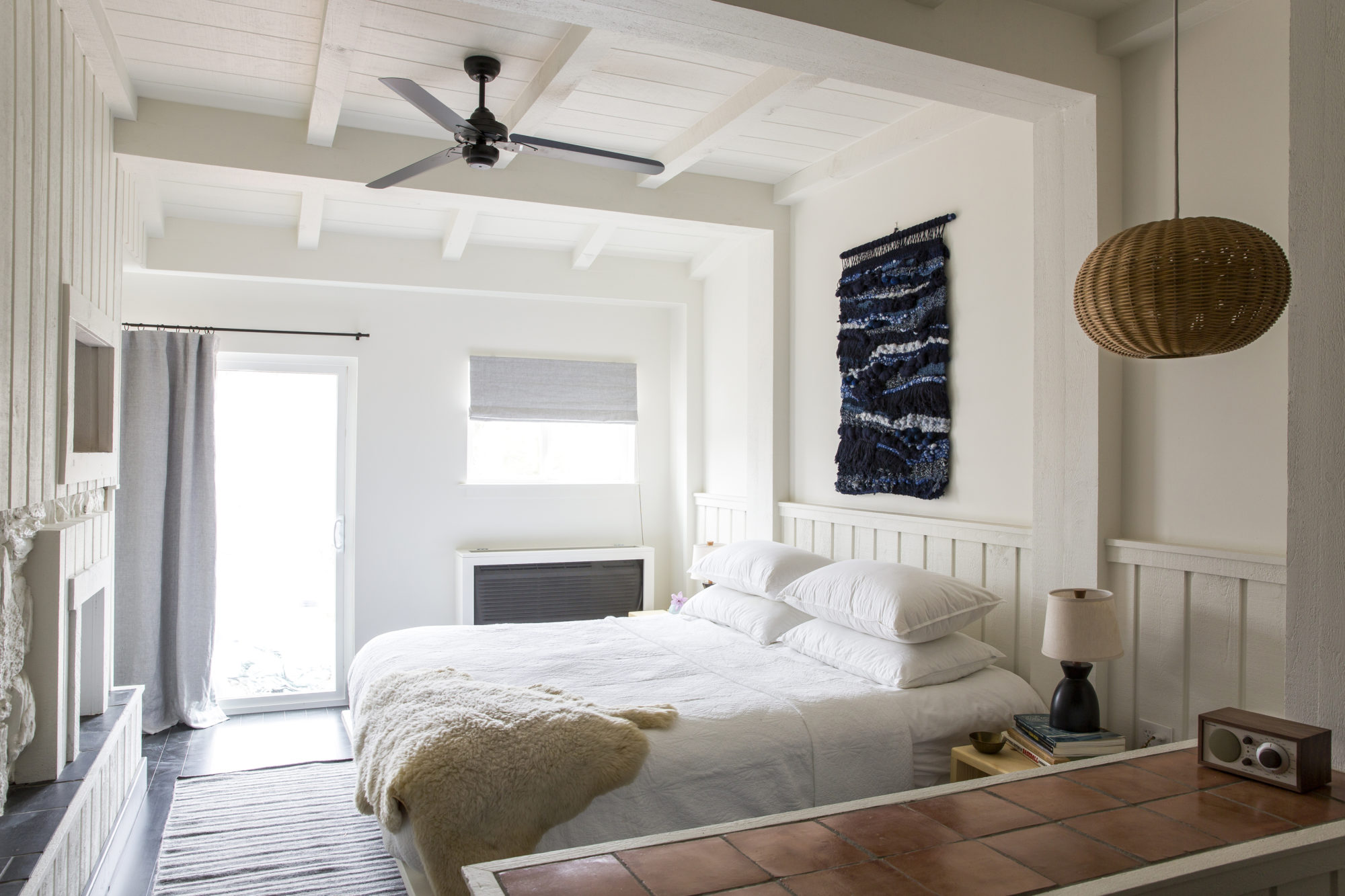Travelers and transplants have long drifted to the hemlock forests of the Catskills in search of an antidote to New York City’s bedlam. There were the early tourists and Jewish immigrants who came to glimpse America’s first resort, Catskill Mountain House, in 1824. Around the same time, artists and writers were producing works that put a spotlight on the region: The landscape paintings coming out of the Hudson River School, and literary releases such as Washington Irving’s “Rip Van Winkle” and The Last of the Mohicans by James Fenimore Cooper. More than a century later, an estimated half million disciples of the ’60s counterculture movement descended upon Woodstock for a historic music festival, refashioning the destination as a bucolic party getaway before it eventually fell into neglect.
These days, the small hamlets clustered around the Hudson River are being reborn yet again as a place for urban refugees fleeing the stresses of city life, and a proving ground for small, rustic-tinged hotels—Graham and Co., Hotel Dylan, Arnold House—that adhere to a more cosmopolitan, social-club playbook. The newest arrival, the 38-room Scribner’s Catskill Lodge, in the ski town of Hunter, might be the most ambitious yet.
“This area has gone in and out of fashion,” says cofounder Glennon Travis. “Now it’s the beginning of a big upswing.” Travis, a veteran of Soho House and Sean MacPherson’s hotels, and his partner, Marc Chodock, joined the exodus from Brooklyn two years ago and began scouting locations to bring an oft-discussed hospitality concept to fruition. After visiting more than a dozen run-down properties, they stumbled upon a peculiar motor lodge on a solitary hill facing Hunter Mountain. “It’s totally weird, you’d never build a hotel like this today,” Travis says.
Once a popular retreat for carousing weekend warriors, the space showed its wear, not to mention some dubious aesthetic choices: a subterranean replica of the Playboy mansion grotto, moth-eaten décor, and kitschy rooms with themes that ranged from Swiss cottage to “futuristic.” It might have sent the less imaginative running for the exit, but Brooklyn design firm Studio Tack saw a trove of possibility. “We walked in there and were thrilled,” cofounder Ruben Caldwell says. “It gave us license to do something so weird that we would never design from scratch.”
Caldwell and his team crafted a narrative before diving into the nuts and bolts of the design language. They envisioned groups of friends coming to hang out, ski, and hike, then gathering to tell stories at the bar or public spaces come nighttime. So a communal vibe was infused throughout. Sunken living rooms and loft suites fit up to six guests. A stovepipe fireplace and custom Spacio Torreno chairs punctuate the soaring lobby lounge (formerly the arrival driveway check-in). And, coming next year, the infamous grotto will be remade into an indoor pool, while an outdoor one will feature an amphitheater-style terrace. The rooms, varying in size and layout, all feature similarities like white-washed walls, maple floors, and terra-cotta bathrooms. “The overall design strategy was based on this idea of amplifying as much of the original architectural intent as we could, then trying to maintain enough of the weirdness in the additions without people being grossed out.” (For instance, the ceiling mirror they left above a bed in one of the suites.)
Other elements are a nod to the lodge’s surroundings. At the Prospect restaurant, Alpine-style cuisine developed by the culinary team at Brooklyn’s Esme uses produce sourced from the many farms around the Hudson Valley, and is served in a space lined floor-to-ceiling in blond pinewood that looks out on Hunter Mountain. The artwork has a regional bent, from Emily Johnston’s landscape photography in the lobby to local textile artist Catskill Kiwi’s woven pieces above the bedside tables.
It turns out that Travis’s team concocted its own story, too, based on a fictional character named Old Man Scribner, whom they modeled after Teddy Roosevelt. “We felt like the hotel should have some legend of a general manager who is an adventurer, drinker, and writer,” he says. His influence is most potent in the restaurant’s den-like whiskey lounge, which serves an array of fresh, ingredient-forward cocktails, including one crafted in his honor.
It’s a fitting persona, since Travis imagines Scribner’s as not only a place for out-of-towners to escape, but a clubhouse for the local community, which has increasingly seen the return of the artistic-minded residents who once settled the area. “You’re up here in a little restaurant having lunch and there will be some guy in muddy boots, a flannel shirt, and beard sitting next to you and they’ll be from Carroll Gardens or Brooklyn Heights,” Travis says. “It’s becoming a beacon for creatives making a new life here.”
Caldwell says that at the very least, it’s an alternative to other oversaturated weekend destinations on the radar of New Yorkers. “It may become intolerable at some point in the future, but what’s great about the Catskills now is there aren’t the same kind of social pressures that you run into in the Hamptons. It’s a much more relaxed vibe; it’s a place you can go to escape the city and be yourself.”
(Photo at top: Douglas Lyle Thompson)

